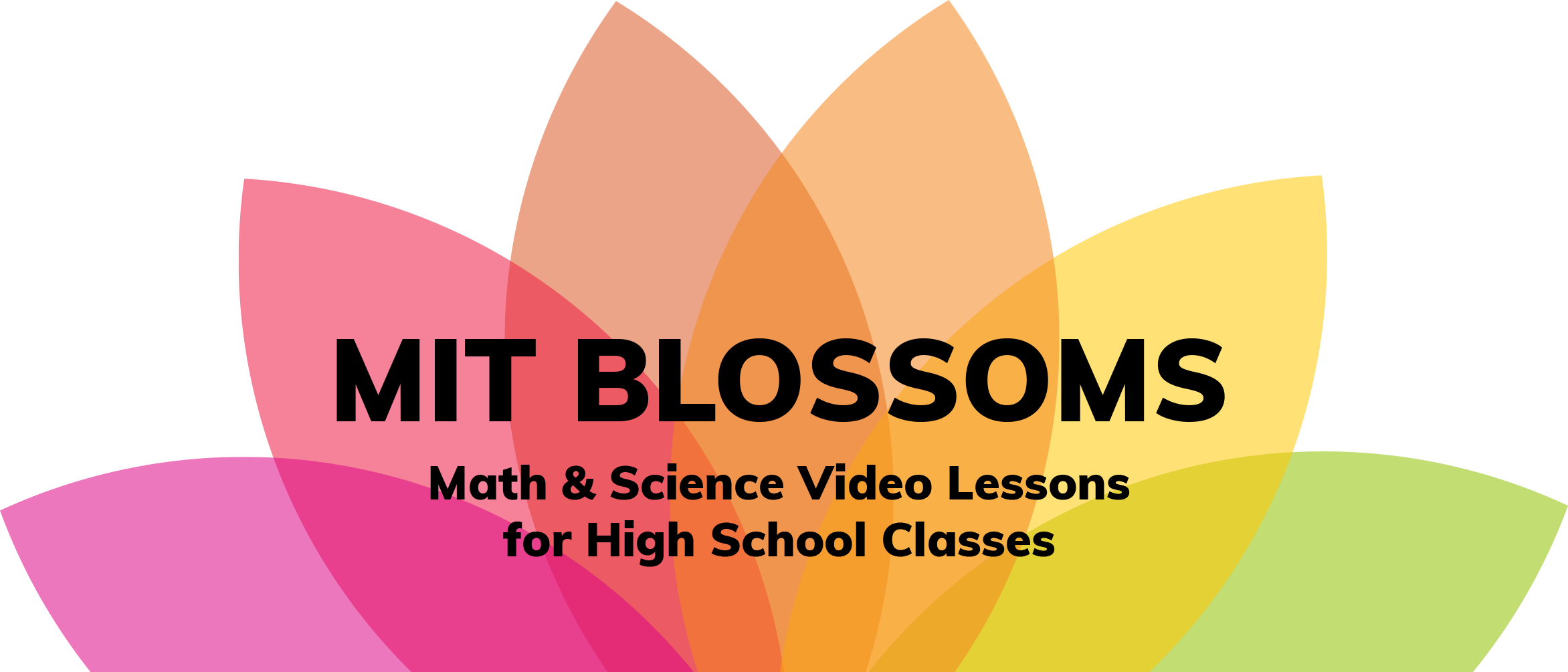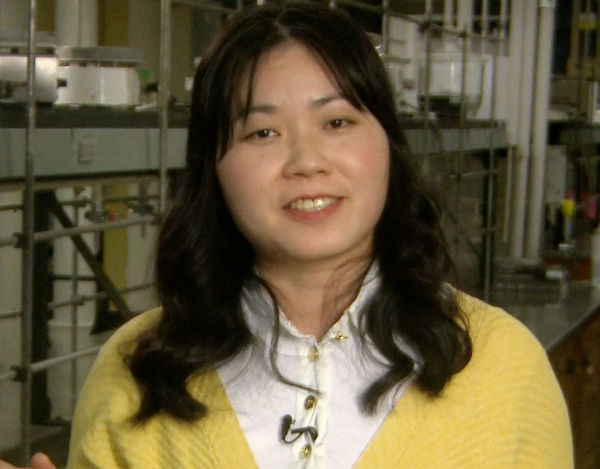This lesson has been divided into two parts.
Click the Language drop down above to select a different part of the lesson.
This two-part lesson examines the concepts of “amount of substance” and its unit, “mole”, which are fundamental core concepts in Chemistry. It is designed to develop and optimize learning/teaching strategies to help students understand these two difficult concepts. The key learning objective is to help students understand that “amount of substance” is used as a bridge to connect the invisible micro world to the observable macro world. The materials for the students’ activities are simple and easily obtained, such as beans, kitchen scales, a stack of paper, a ruler and some chemicals that are common in chemistry labs. Teachers can always make changes and prepare the materials according to what they have in their schools. This lesson is designed for two class sessions and each class session is about 45-50 minutes. Before beginning this lesson, students should have prerequisite knowledge about atoms and atomic structure, including the concepts of isotopes and relative atomic mass. They should also know the composition of matter and the meaning of a chemical equation. In addition, they should know how to express a number in scientific notation.
This two-part lesson, along with two other BLOSSOMS lessons, can be used to present a teaching unit on Amount of Substance and Mole. We suggest that the four lessons be used in the following sequence:
- Amount of Substance and Its Unit - Mole: Part 1;
- How Big Is a Mole: Do We Really Understand Avogadro’s Number?;
- Amount of Substance and Its Unit - Mole: Part 2;
- Stoichiometry.
第一部分 | 第二部分
这节课讲了两个概念-“物质的量“及其单位”摩尔“,这两个概念是化学学习中非常基础核心的两个概念。为了帮助学生理解这两个概念,这节课对教学策略进行了精心设计和优化。最核心的教学目标是帮助学生理解“物质的量”好像一座桥梁,连接了不可见的微观世界和可以直接观察的宏观世界。这节课里学生活动所需要的材料简单易得,比如豆子,厨用电子秤,打印纸,尺子和化学实验室里一些常用的化学品。老师们可以根据自己学校的实际情况来对实验材料进行调整。这节课设计为两个课时,每节课大约是40-45分钟。在学习这节课之前,学生们应该学过以下的知识:原子以及原子的结构,包括同位素和相对原子质量的概念;物质的组成以及化学方程式的含义。另外,他们还应该知道如何用科学计数法来表达一个数字。
这节课和其他两节BLOSSOMS的视频课构成了一个关于“物质的量和摩尔”的教学单元,我们建议可以根据以下顺序来使用这几节课:
- 物质的量及其单位-摩尔:第一部分
- 摩尔有多大:我们真的理解阿伏加德罗常数吗?
- 物质的量及其单位-摩尔:第二部分
- 化学计量学


